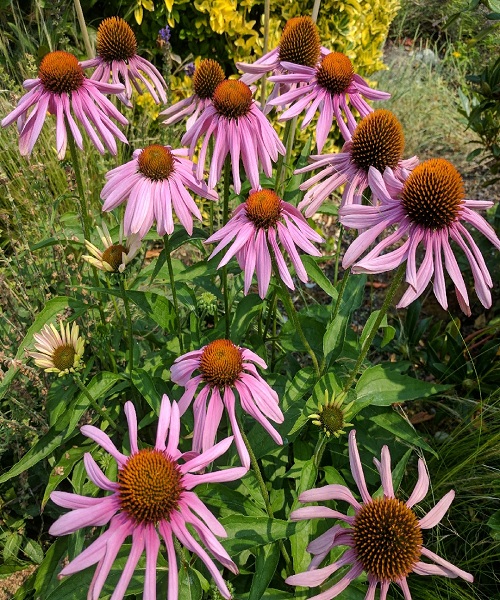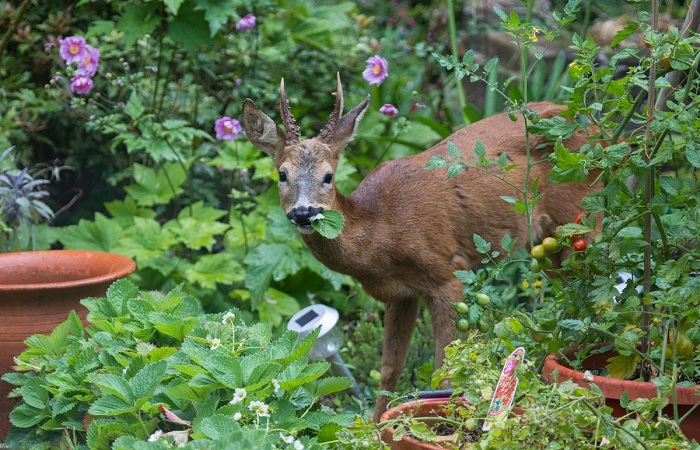Planting flowerbeds with deer-resistant perennials is the best approach to ensure a long-lasting, low-maintenance landscape free from harm. And it’s even better when those plants can withstand dry conditions.
With that in mind, here are 5 excellent deer-resistant perennials to include in your flowerbeds this year:
Lupines
Lupines bring significant visual interest to the garden with their vibrant, elongated flowers that bloom from late spring to early summer. Though stunning to human eyes, they hold no appeal for the deer population.
What sets this perennial apart from others is its profusion of flowers, which last for weeks. Lupines, which are related to peas, bloom freely for weeks at a time and come in many different hues.
The optimum range for lupines is Zones 4 through 8. They’re a sun lover and need at least 6-8 hours of daylight to bloom. The perennial herb totally loses its foliage each winter before re-emerging in the spring.
Lupines may not attract deer, but they are loved by bees and other pollinators. True, lupines bring in a wide variety of winged creatures, including butterflies, bees, and birds. This is also another justification for including them in your yard design this season.
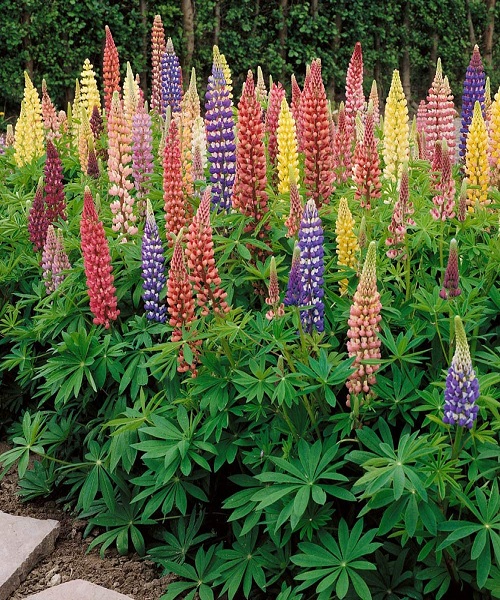
Blanketflower
When compiling a list of perennials that can withstand visits from hungry deer, it would be difficult to omit blanketflower.
Because of its profuse, blanket-like flowering, the blanket flower is frequently misidentified as an annual. It thrives in both traditional flowerbeds and more unconventional environments like pots and containers.
Blanketflower flowers nonstop from the beginning of summer to the beginning of fall. They require little water and do best in full sun. In fact, they use significantly less water than most other plants and are widely regarded as drought-resistant.
The typical height of a blanketflower mound is between 14 and 16 inches. Their stunningly beautiful blossoms look like a lovechild of daisies and coneflowers.
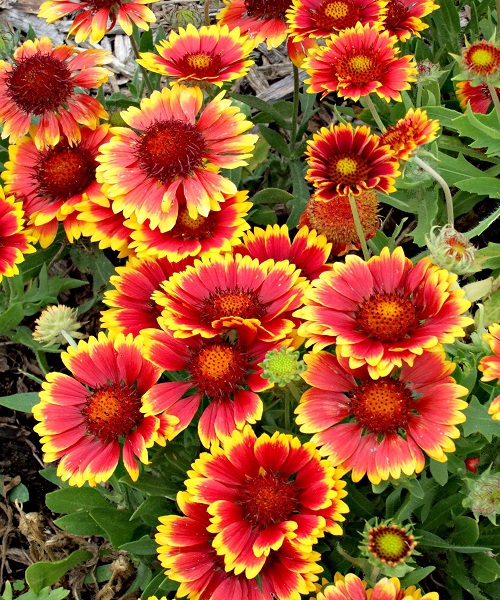
Bee Balm
Because of its numerous desirable traits, bee balm is an indispensable perennial in any garden. In addition to being resistant to drought and deer, it draws swarms of beneficial insects like bees, birds, and butterflies.
Its fragrant spiked flowers attract so many pollinators that nearby plants benefit from increased pollination.
It’s not hard to keep bee balm alive and well; it’s a perennial. The fact that its aroma drives deer away only adds to its appeal as a deer-proof plant. This implies it can double as a deer repellent if planted next to preferred plant species.
The tallest full-size variety can reach up to four feet in height; they bloom on clumping stalks that can be two feet tall. Dwarf cultivars, whose flower stalks top out at 10 to 12 inches, are also available in addition to the standard-sized options.
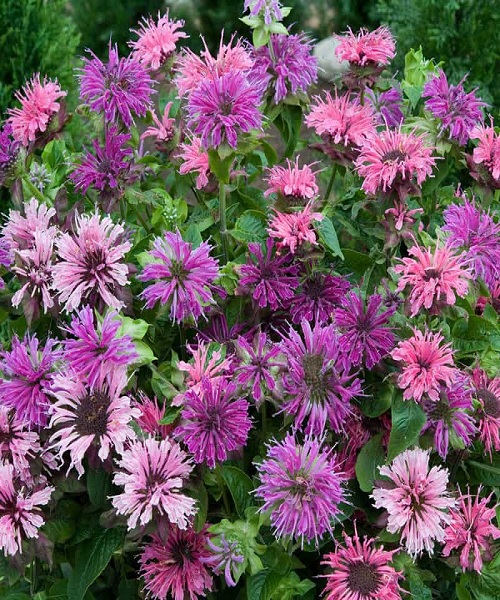
Astilbe
Need a perennial that thrives in partial shade without attracting deer? In that case, the perennial astilbe is what you need.
The glossy foliage of Astilbe adds year-round visual appeal to flower beds. Its clusters of colorful flowers, whether red, white, or pink, are what really make this plant shine, though, and they’re ideal for brightening up your yard’s shadier areas.
Planting astilbe around your hostas is an excellent way to give them some cover and protection from wildlife. Not only do they serve to shield the plants from harm, but the two distinct patterns of growth and foliage complement one another well.
Different species of Astilbe can grow anywhere from 8 to 12 inches tall to over 6 feet in height. The length of their woody stalks, on which their flowers form, varies greatly between species, from a few inches to twenty-four.
What’s more, they’re incredibly popular among pollinators. Astilbe, like bee balm, attracts many different kinds of pollinators to its flowers. Throughout the plants’ extended flowering periods, pollinators like bees and butterflies will pay frequent visits.
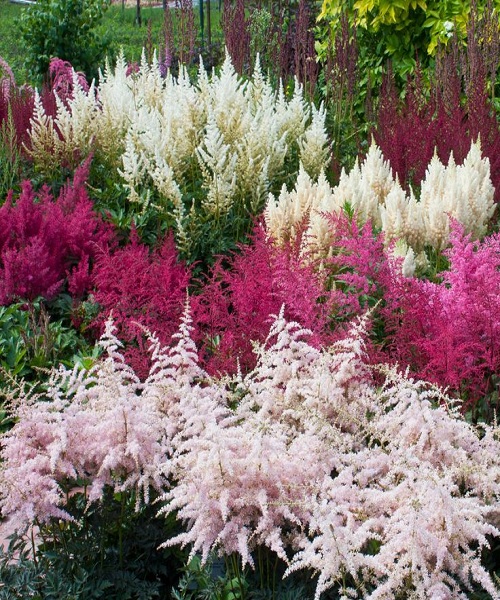
Coneflower
The coneflower is an excellent perennial with large flowers that can withstand drought and browsing by deer.
Flowers of the Coneflower, a genus within the daisy family, have a colorful petal ring that encloses a seed cone that is rounded in its center. Plus, the seed cone is a magnet for avian, insect, and butterfly pollinators.
They come in a rainbow of colors, from white, red, and pink to purple, orange, and gold. There is no doubt that there is a shade of coneflower to match the style of any flower garden.
Once established, coneflowers rarely need any additional care, such as watering or fertilizer. They also tend to re-seed heavily, producing new plants that can be used anywhere in the garden.
